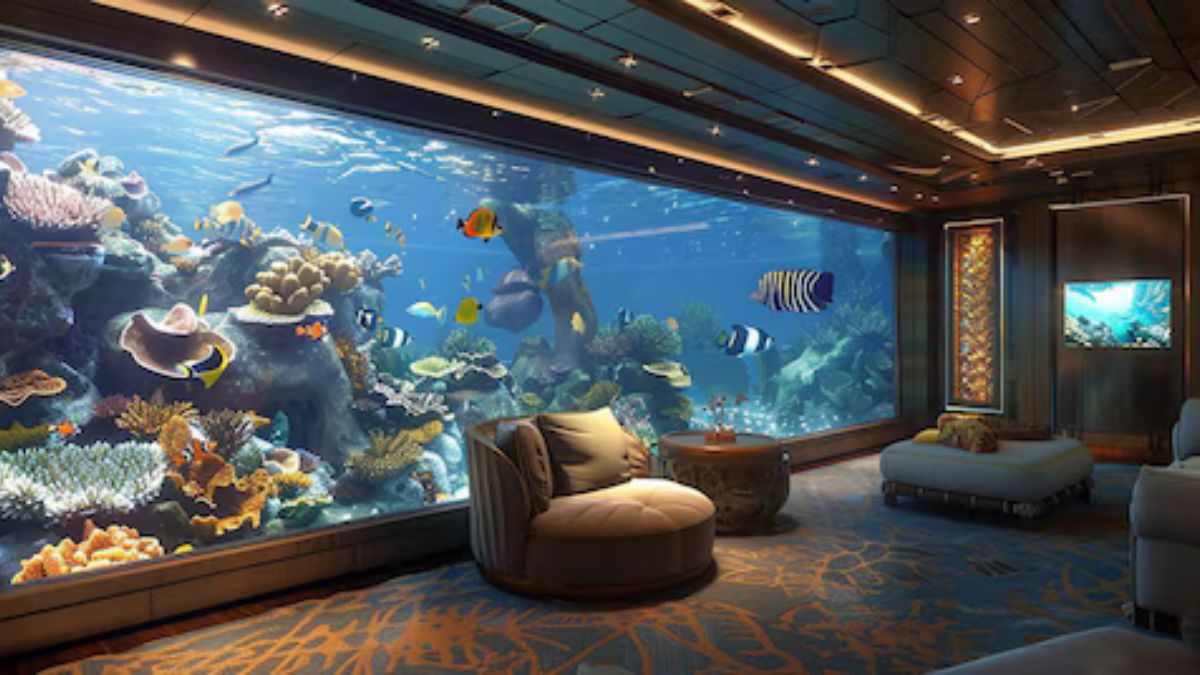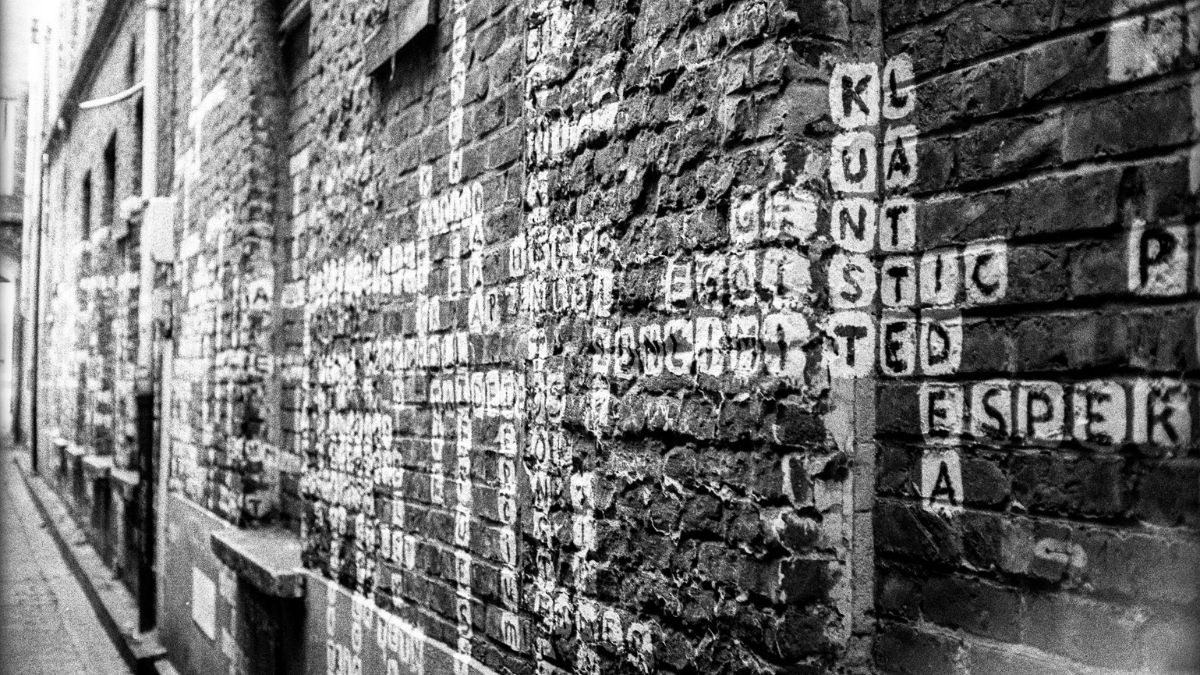Imagine diving into the depths of a vibrant underwater world, teeming with life and hidden wonders. The beauty beneath the waves is mesmerizing, yet capturing it in stunning three-dimensional detail has long posed a challenge for researchers and explorers alike. Traditional methods of 3D Reconstruction of Underwater Scenes Using Nonlinear Domain Projection, often struggle to accurately depict these dynamic environments due to their complexity and unique visual properties.
However, advancements in technology have ushered in exciting new techniques that push the boundaries of what’s possible. One such groundbreaking approach is nonlinear domain projection, which offers fresh perspectives on reconstructing these aquatic scenes. This method not only enhances visualization but also opens up avenues for deeper exploration and understanding of underwater ecosystems.
Join us as we dive into this topic, exploring how nonlinear domain projection revolutionizes 3D reconstruction of underwater scenes while overcoming previous limitations. Whether you’re a marine biologist or an avid tech enthusiast, there’s something fascinating waiting just below the surface!
Challenges and Limitations of Traditional Methods
Traditional methods of underwater 3D reconstruction often face significant hurdles. One primary challenge is the distortion caused by water’s refractive properties. Light behaves differently when passing through water, leading to inaccuracies in depth perception and geometry.
Additionally, traditional techniques typically rely on structured light or stereo vision systems. These systems can be hindered by murky waters and complex underwater environments. Visibility issues mean that data capture becomes less reliable.
Processing power also poses a limitation. The algorithms used for reconstruction can be computationally intensive, which slows down real-time applications crucial for marine exploration or research.
Furthermore, many conventional approaches struggle with dynamic scenes where movement is prevalent. This results in inconsistent models that fail to represent the environment accurately over time.
These challenges highlight the need for innovative solutions like nonlinear domain projection to enhance underwater scene reconstruction effectively.
Nonlinear Domain Projection Technique
Nonlinear Domain Projection is a transformative technique in the realm of 3D reconstruction. It dives deep into the complexities of underwater environments, addressing challenges that conventional methods often overlook.
This approach utilizes advanced mathematical models to map intricate underwater features. By applying nonlinear transformations, it captures variations in light and distance with remarkable precision.
Instead of relying solely on linear projections, this technique adapts dynamically to changes in water conditions. As a result, it offers enhanced accuracy and detail.
Moreover, Nonlinear Domain Projection can integrate data from multiple sources seamlessly. This synergy leads to richer visual representations that are crucial for marine research or exploration.
The method’s ability to handle distortion caused by water refraction is particularly noteworthy. It opens new avenues for understanding elusive underwater ecosystems while providing clearer images than ever before.
Case Study: Application of Nonlinear Domain Projection in Underwater Scene Reconstruction
A fascinating case study highlights the application of nonlinear domain projection in underwater scene reconstruction. Researchers focused on a coral reef ecosystem, known for its complexity and vibrant biodiversity.
Traditional methods struggled with light refraction and distortion caused by water. With nonlinear domain projection, they mapped the intricate structures more accurately. This technique allowed them to convert 2D images into rich 3D models while preserving detail.
The results were remarkable. The reconstructed scenes showcased not only the coral formations but also their surrounding marine life in stunning clarity. The improved visualization enabled better habitat assessments and conservation strategies.
This approach demonstrated how advanced techniques could overcome environmental challenges that hinder traditional modeling methods. By employing nonlinear domain projection, researchers opened new avenues for exploring underwater ecosystems like never before.
Advantages and Future Possibilities of Nonlinear Domain Projection
Nonlinear domain projection opens up exciting avenues for underwater 3D reconstruction. One key advantage is its ability to capture intricate details that traditional methods often miss. This technique allows for a more nuanced representation of complex underwater landscapes.
Moreover, the adaptability of nonlinear projections means they can be tailored to different environments and conditions. Whether in murky waters or crystal clear seas, this method proves versatile.
Looking ahead, advancements in machine learning could further enhance these techniques. Imagine integrating AI with nonlinear projections to create real-time reconstructions during dives or explorations.
Additionally, as technology progresses, we may see lower costs associated with high-quality underwater imaging devices. This democratization of tools could empower more researchers and enthusiasts to explore marine ecosystems like never before. The future holds great promise for innovation in capturing the beauty beneath the waves through nonlinear domain projection.
Comparison with Other Techniques
When evaluating 3D reconstruction of underwater scenes, various techniques surface. Traditional methods like stereo vision and structure from motion often struggle with murky waters.
These approaches rely heavily on clear visibility and well-lit environments. They can miss intricate details when conditions deteriorate.
In contrast, nonlinear domain projection offers a fresh perspective. It adapts to the unique challenges posed by underwater settings, such as light refraction and scattering.
By transforming data into a more manageable form, this method enhances accuracy while capturing depth information that others might overlook.
Additionally, machine learning-based techniques have gained traction but may require extensive training datasets to perform optimally in diverse marine scenarios.
This comparison highlights the adaptability of nonlinear domain projection amidst stiff competition from established practices in the field of underwater scene reconstruction.
Conclusion
The exploration of underwater environments has always posed unique challenges for researchers and scientists. The traditional methods of 3D Reconstruction of Underwater Scenes Using Nonlinear Domain Projection have struggled with the complexities of light refraction, distortion, and limited visibility. However, the advent of nonlinear domain projection presents a promising alternative.
This innovative technique not only addresses many limitations but also enhances accuracy in reconstructing intricate underwater scenes. Through our case study, it becomes clear that this method significantly improves outcomes compared to conventional approaches.
As we look towards the future, the possibilities offered by nonlinear domain projection are exciting. Researchers can expect advancements in marine biology studies, underwater archaeology explorations, and environmental monitoring efforts. The synergy between technology and aquatic research is set to grow stronger.
When placed alongside other existing techniques like stereo vision or laser scanning, nonlinear domain projection stands out due to its adaptability and effectiveness in complex conditions. This distinction could lead to more comprehensive understandings of our oceans’ ecosystems.
There’s no doubt that as technology advances further into uncharted waters—both literally and figuratively—the potential for meaningful discoveries will continue to rise through robust methodologies like 3D reconstruction of underwater scenes using nonlinear domain projection.











